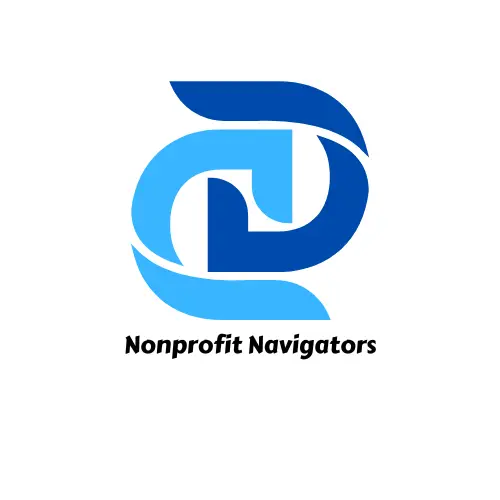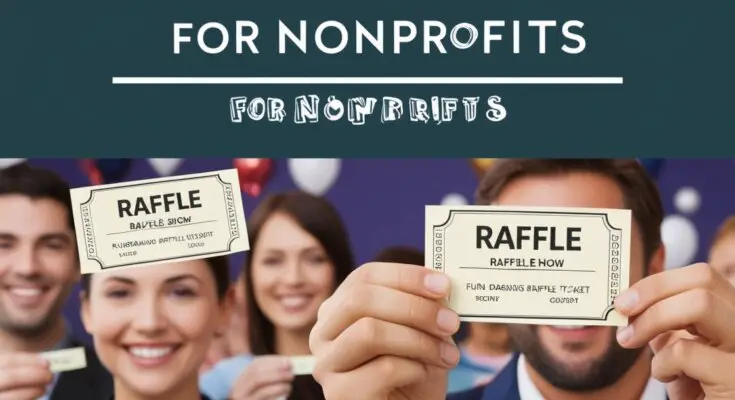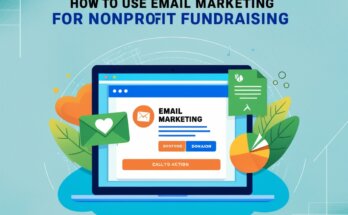Conducting a fundraising raffle is one of the good options for non-profits in terms of fundraising, supporter engagement and promotion towards the relevant cause.
Raffle is an effective fundraising tool.
A well-executed raffle can generate significant contributions and get the word out about the work you’re doing. whether you’re a small local organization or a big national non-profit that wants to promote your activities.
The question arises however is how to set one up, where does one begin?
Step 1: Set Clear Goals for Your Raffle
Before jumping into the logistics, it’s crucial to define your goals. What do you hope to achieve with the raffle? Are you raising money for a specific project or general operating funds? Setting clear goals from the start will help you determine how much you need to raise and who your target audience is.
For example, a small local nonprofit that supports youth development might aim to raise $5,000 for a summer camp scholarship fund, while a larger organization might aim for $50,000 to support a new community outreach program. Setting specific goals gives your raffle purpose and motivates your supporters to get involved.
Step 2: Understand the Legalities
Legal requirements are one of the most important things to understand before you start planning your raffle. The rules and regulations around fundraising raffles can vary greatly depending on where you are located.
It’s essential to check with your state or local government to determine what you need to do to stay compliant. This might include obtaining a raffle permit or ensuring that your nonprofit is eligible to run a raffle.
For instance, in some states in the U.S., you may be required to apply for a permit, especially if the total prize value exceeds a certain amount. You may also be required to keep detailed records of ticket sales and who won each prize.
Step 3: Select an Engaging Prize
One of the most exciting parts of a raffle is, of course, the prize. The prize you choose should be attractive enough to entice people to purchase tickets but also align with your nonprofit’s mission or values.
For example, if your nonprofit focuses on animal rescue, a raffle prize could include a weekend getaway at a pet-friendly resort. Alternatively, a wellness nonprofit might raffle off a luxury spa package. When selecting a prize, think about your audience and what would appeal to them.
Tip: Consider offering multiple smaller prizes in addition to a grand prize. This increases the chances of winning and encourages more ticket sales.
Step 4: Set a Budget and Pricing for Tickets
Now that you know what you’re raising funds for and the prize you’re offering, it’s time to think about your ticket pricing. Setting the right price is crucial. You don’t want the tickets to be so expensive that people hesitate to purchase them, but you also need to ensure that you’ll raise enough money for your nonprofit’s goals.
A common pricing model is selling tickets in multiples, such as $10 for one ticket or $25 for three tickets. You can also offer discounted bundles to incentivize people to buy more tickets. For instance, “Buy five tickets for $40 and get one free” is a popular strategy that can increase sales.
Step 5: Create a Raffle Marketing Plan
A great prize and fair ticket pricing won’t do much good unless people know about your raffle. That’s where your marketing plan comes in. Here are a few strategies to get the word out:
- Social Media Promotion: Use your nonprofit’s social media platforms (Facebook, Instagram, Twitter, LinkedIn) to promote your raffle. Post about the prize, share updates, and encourage your followers to participate. Use engaging visuals such as photos or videos of the prize or past events.
- Email Campaigns: Reach out to your existing supporters with personalized emails. Share your raffle details and remind them about the opportunity to win while supporting a great cause. Make sure your email subject lines are attention-grabbing and the body of the email is easy to read.
- Website and Blog: Add a raffle page on your nonprofit’s website where people can easily purchase tickets online. Don’t forget to include a call-to-action (CTA) that encourages readers to take action immediately.
- Local Media: Don’t underestimate the power of traditional media. Reach out to local newspapers or radio stations to help promote your raffle.
Step 6: Launch Your Raffle
Once your raffle is set up and your marketing plan is in place, it’s time to launch!
Be sure to start your promotion well in advance, giving you enough time to build excitement and generate ticket sales.
To get your audience engaged, you can host a countdown to the raffle start date on social media, posting daily updates. Use interactive polls and ask people what prizes they’d like to see, or post behind-the-scenes footage of the raffle preparations.
The Hope Foundation’s Annual Raffle
To illustrate how a raffle can be successful, let me share a story about a nonprofit called The Hope Foundation. They ran an annual fundraising raffle that raised over $20,000 for their programs supporting homeless women. Their strategy was simple but effective:
- Clear Goal: They set a target of $20,000 to fund new housing initiatives for women.
- Engaging Prize: The grand prize was a two-week vacation package to Hawaii, with smaller prizes like gift cards, spa treatments, and local event tickets.
- Ticket Pricing: Tickets were priced at $20 each, with discounts for purchasing multiple tickets.
- Marketing: They utilized their email list, social media, and local partnerships to promote the raffle. They worked with local businesses to display raffle flyers and encourage employees to buy tickets.
- Raffle Launch: They kicked off the raffle with a live virtual event where the CEO and a few supporters spoke about the cause. This created a sense of urgency and encouraged people to purchase tickets right away.
The results? Their raffle exceeded their fundraising goal by 10%—raising $22,000 in total!
Step 7: Hold the Drawing
Once the ticket sales period has ended, it’s time for the drawing. This should be an exciting event! Make sure the drawing is public, whether it’s streamed live on social media or held at an in-person event. Transparency will build trust with your supporters and keep them engaged.
For online raffles, consider using a raffle software or tool to randomly select winners. This ensures fairness and saves time. For in-person drawings, a volunteer or board member can pull the names out of a transparent box.
Tip: Announce the winners promptly and publicly to show appreciation to your supporters. After all, they are the ones who made the raffle a success.
Step 8: Thank Your Supporters
After your raffle ends, don’t forget to send a thank-you message to everyone who participated. A simple thank-you note or email goes a long way in building goodwill and encouraging future support.
Step 9: Evaluate the Success of the Raffle
Once everything is wrapped up, it’s time to evaluate how your raffle went. Ask yourself:
- Did you meet your fundraising goal?
- What marketing channels were most effective?
- Were the ticket prices set at the right level?
- Were there any issues with the drawing or legalities?
Take note of what worked well and what could be improved for your next raffle. Remember, each event is an opportunity to learn and improve your fundraising strategies.
Keep the Momentum Going!
Running a fundraising raffle for your nonprofit is a great way to raise money, increase engagement, and build community support.
Now, if you’re ready to dive deeper into more strategies to elevate your nonprofit’s fundraising efforts and stay on top of grant opportunities, webinars, and exclusive events, then be sure to subscribe to the Nonprofit Navigators Newsletter.
Get expert tips, resources, and access to invaluable opportunities to help your nonprofit grow and thrive.
Don’t miss out—subscribe today and take your nonprofit to the next level!




